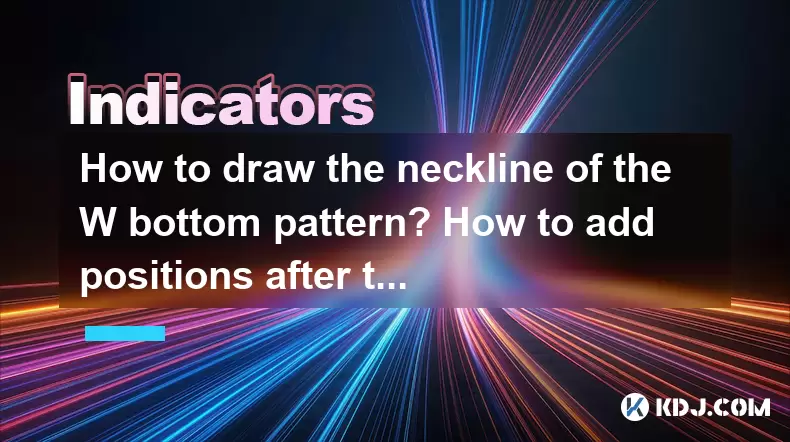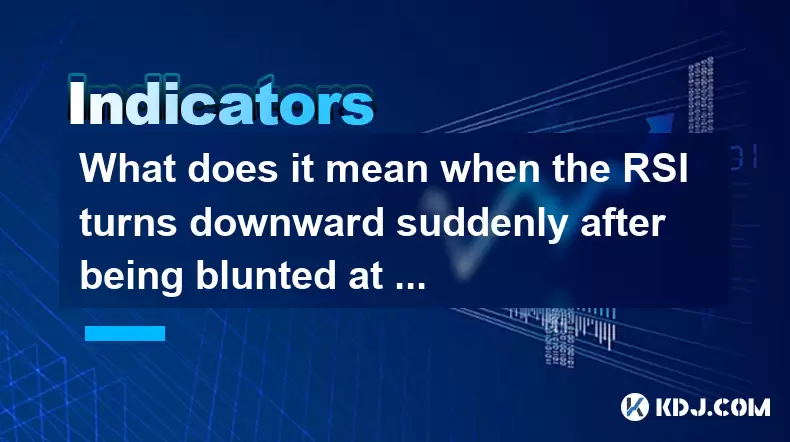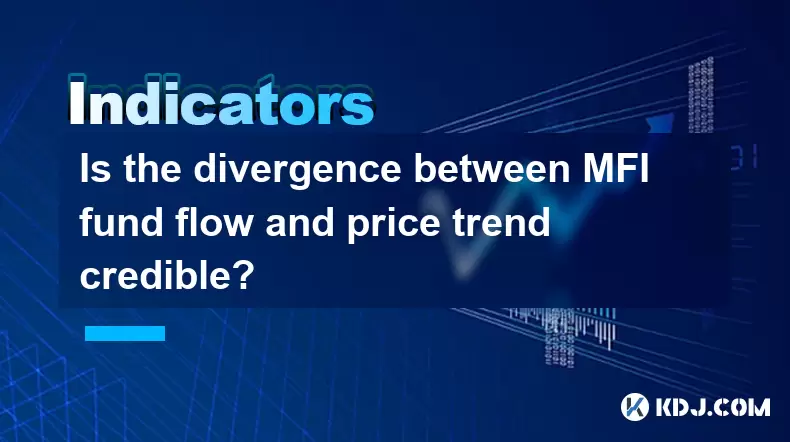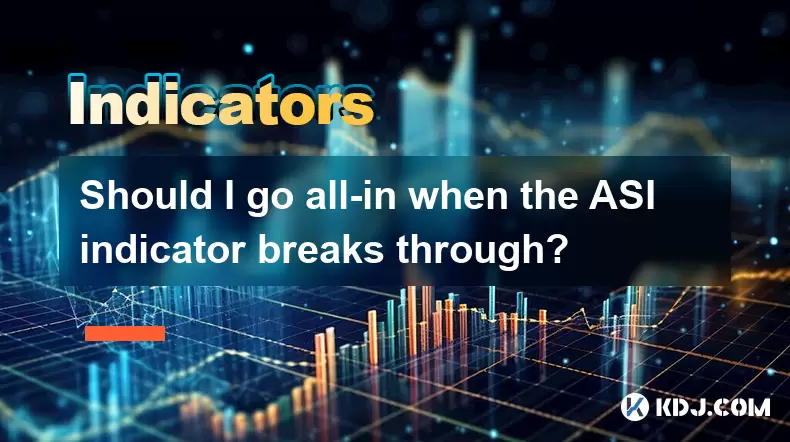-
 Bitcoin
Bitcoin $115200
-2.62% -
 Ethereum
Ethereum $3616
1.07% -
 XRP
XRP $3.063
0.34% -
 Tether USDt
Tether USDt $1.000
-0.07% -
 BNB
BNB $759.1
0.49% -
 Solana
Solana $176.7
-3.61% -
 USDC
USDC $1.000
0.01% -
 Dogecoin
Dogecoin $0.2253
-2.94% -
 TRON
TRON $0.3143
2.94% -
 Cardano
Cardano $0.7940
1.65% -
 Hyperliquid
Hyperliquid $42.07
-0.47% -
 Stellar
Stellar $0.4139
0.20% -
 Sui
Sui $3.638
0.33% -
 Chainlink
Chainlink $17.42
-1.28% -
 Bitcoin Cash
Bitcoin Cash $524.4
4.55% -
 Hedera
Hedera $0.2365
-0.41% -
 Avalanche
Avalanche $23.04
-0.56% -
 Litecoin
Litecoin $111.3
1.30% -
 UNUS SED LEO
UNUS SED LEO $8.965
-0.37% -
 Shiba Inu
Shiba Inu $0.00001329
-0.48% -
 Toncoin
Toncoin $3.089
-0.70% -
 Ethena USDe
Ethena USDe $1.001
-0.05% -
 Polkadot
Polkadot $3.933
-1.40% -
 Uniswap
Uniswap $9.946
0.42% -
 Monero
Monero $322.6
2.58% -
 Dai
Dai $0.9999
-0.01% -
 Bitget Token
Bitget Token $4.442
-2.39% -
 Pepe
Pepe $0.00001198
-2.43% -
 Aave
Aave $285.4
0.72% -
 Cronos
Cronos $0.1292
6.51%
How to draw the neckline of the W bottom pattern? How to add positions after the breakthrough?
The W bottom pattern signals a potential uptrend reversal; traders should confirm breakouts above the neckline with increased volume before adding positions.
May 31, 2025 at 06:01 pm

Understanding the W Bottom Pattern
The W bottom pattern, also known as a double bottom, is a popular chart pattern used in technical analysis within the cryptocurrency market. This pattern signifies a potential reversal from a downtrend to an uptrend. It is characterized by two distinct troughs at approximately the same price level, forming the shape of the letter 'W'. The key to successfully trading this pattern lies in identifying the neckline, which is the resistance level connecting the peaks between the two troughs. Once the price breaks above this neckline, it is considered a bullish signal, prompting traders to add positions.
Identifying the Neckline of the W Bottom Pattern
To draw the neckline of the W bottom pattern, follow these detailed steps:
Locate the Two Troughs: The first step is to identify the two troughs that form the W shape. These should be at roughly the same price level and signify two failed attempts to push the price lower.
Find the Peaks Between Troughs: After identifying the troughs, look for the peaks that occur between them. These peaks represent the resistance levels where the price failed to break through before dropping back to form the second trough.
Draw the Neckline: Use a drawing tool on your charting platform to connect the highest points of the two peaks. This line is the neckline. It is crucial to ensure the line is horizontal or slightly angled, depending on the trend of the peaks.
Validate the Neckline: The neckline should be tested at least twice to confirm its significance as a resistance level. If the price touches this line multiple times without breaking it, the validity of the neckline increases.
Confirming the Breakout Above the Neckline
A breakout above the neckline is a critical signal for traders to consider adding positions. Here’s how to confirm a valid breakout:
Volume Confirmation: A breakout should be accompanied by an increase in trading volume. This indicates strong buying pressure and adds credibility to the breakout.
Price Action: The price should decisively break above the neckline. A close above the neckline on a daily or higher timeframe chart is often considered a valid breakout.
Retest of the Neckline: After breaking above the neckline, the price might pull back to test the neckline from above. A successful retest, where the price bounces off the neckline without breaking back below it, further confirms the breakout.
Adding Positions After the Breakthrough
Once the breakout is confirmed, traders can consider adding positions to capitalize on the potential uptrend. Here are the steps to follow:
Entry Point: Enter a long position once the price closes above the neckline. This could be on a daily or higher timeframe chart for more conservative traders, or on a lower timeframe for more aggressive traders.
Position Sizing: Determine the size of the position based on your risk management strategy. Consider the distance to your stop-loss level and the amount of capital you are willing to risk.
Stop-Loss Order: Place a stop-loss order just below the neckline or the most recent swing low to protect against a false breakout. This helps limit potential losses if the price reverses.
Take-Profit Levels: Set take-profit levels based on the height of the W pattern. Measure the distance from the bottom of the troughs to the neckline and project this distance upwards from the breakout point. This gives you a potential target for the price move.
Managing the Trade After Adding Positions
After adding positions, it’s important to manage the trade effectively to maximize profits and minimize risks:
Trailing Stop-Loss: As the price moves in your favor, consider adjusting your stop-loss order to lock in profits. A trailing stop-loss can be set at a fixed percentage or price level below the current market price.
Partial Profit-Taking: If the price reaches your first take-profit level, consider taking partial profits. This allows you to secure some gains while keeping the rest of the position open for further potential upside.
Monitoring Market Conditions: Keep an eye on market conditions and any news that could affect the cryptocurrency you are trading. Adjust your strategy accordingly to respond to changing market dynamics.
Common Mistakes to Avoid
When trading the W bottom pattern and adding positions after a breakout, it’s important to avoid these common mistakes:
Ignoring Volume: Failing to consider volume during the breakout can lead to false signals. Always ensure there is a significant increase in volume to validate the breakout.
Premature Entry: Entering a trade before a confirmed breakout can result in losses if the price fails to break above the neckline. Wait for a clear and valid breakout signal.
Neglecting Risk Management: Not setting appropriate stop-loss levels or risking too much capital on a single trade can lead to significant losses. Always prioritize risk management.
Overlooking Retests: Ignoring a retest of the neckline after a breakout can lead to missed opportunities to confirm the validity of the breakout. Pay attention to how the price reacts at the neckline during a retest.
Frequently Asked Questions
Q: Can the W bottom pattern be used for short-term trading?
A: Yes, the W bottom pattern can be used for short-term trading, but it is more reliable on higher timeframe charts such as daily or weekly. Traders using lower timeframes should be cautious and use additional confirmation signals to increase the probability of success.
Q: How can I differentiate between a W bottom pattern and a normal price fluctuation?
A: A W bottom pattern is distinguished by two distinct troughs at roughly the same price level and a clear resistance level (neckline) between them. Normal price fluctuations do not form such a distinct pattern and lack the clear resistance level that characterizes the W bottom.
Q: Is it necessary to wait for a retest of the neckline after a breakout?
A: While not always necessary, waiting for a retest of the neckline can provide additional confirmation of the breakout. It helps ensure that the breakout is valid and reduces the risk of entering a trade based on a false signal.
Q: Can the W bottom pattern be used in conjunction with other technical indicators?
A: Yes, combining the W bottom pattern with other technical indicators such as moving averages, RSI, or MACD can enhance the reliability of the trading signals. These indicators can provide additional confirmation of the trend reversal and help in making more informed trading decisions.
Disclaimer:info@kdj.com
The information provided is not trading advice. kdj.com does not assume any responsibility for any investments made based on the information provided in this article. Cryptocurrencies are highly volatile and it is highly recommended that you invest with caution after thorough research!
If you believe that the content used on this website infringes your copyright, please contact us immediately (info@kdj.com) and we will delete it promptly.
- StablecoinX's $360 Million Bet: Forging the Ethena Treasury
- 2025-07-25 15:30:12
- Ethereum's Wild Ride: Navigating Volatility and New Risks
- 2025-07-25 15:10:12
- Ethereum Inflows Outpace Bitcoin Outflows: Institutional Adoption Heats Up
- 2025-07-25 15:30:12
- XRP, Ripple, and Liquidations: Navigating the Crypto Turbulence
- 2025-07-25 15:35:12
- Ethereum vs. Bitcoin: Galaxy CEO Novogratz Weighs In
- 2025-07-25 15:35:12
- Ethereum, Injective, and Tokenizing Treasuries: A New Era for Corporate Finance
- 2025-07-25 15:40:12
Related knowledge

What does it mean when the RSI turns downward suddenly after being blunted at a high level?
Jul 25,2025 at 04:00pm
Understanding the RSI and Its Role in Technical AnalysisThe Relative Strength Index (RSI) is a momentum oscillator that measures the speed and change ...

Is the divergence between MFI fund flow and price trend credible?
Jul 25,2025 at 12:01pm
Understanding MFI and Fund Flow in Cryptocurrency MarketsThe Money Flow Index (MFI) is a technical oscillator that combines price and volume to assess...

Should I go all-in when the ASI indicator breaks through?
Jul 25,2025 at 01:56pm
Understanding the ASI Indicator and Its SignificanceThe Accumulation Swing Index (ASI) is a technical analysis tool developed by Welles Wilder, the sa...

Should I go all in when DIF crosses DEA?
Jul 25,2025 at 12:42am
Understanding DIF and DEA in MACD AnalysisWhen traders analyze DIF and DEA in the context of the Moving Average Convergence Divergence (MACD) indicato...

Should I go all in when the upper edge of the box is broken?
Jul 25,2025 at 01:50am
Understanding the 'Box' in Cryptocurrency Price ChartsThe term 'box' in cryptocurrency trading typically refers to a price consolidation range where t...

Should I go all in when the parabolic turning signal appears?
Jul 25,2025 at 06:36am
Understanding the Parabolic Turning Signal in Crypto TradingThe parabolic turning signal is a technical indicator derived from the Parabolic SAR (Stop...

What does it mean when the RSI turns downward suddenly after being blunted at a high level?
Jul 25,2025 at 04:00pm
Understanding the RSI and Its Role in Technical AnalysisThe Relative Strength Index (RSI) is a momentum oscillator that measures the speed and change ...

Is the divergence between MFI fund flow and price trend credible?
Jul 25,2025 at 12:01pm
Understanding MFI and Fund Flow in Cryptocurrency MarketsThe Money Flow Index (MFI) is a technical oscillator that combines price and volume to assess...

Should I go all-in when the ASI indicator breaks through?
Jul 25,2025 at 01:56pm
Understanding the ASI Indicator and Its SignificanceThe Accumulation Swing Index (ASI) is a technical analysis tool developed by Welles Wilder, the sa...

Should I go all in when DIF crosses DEA?
Jul 25,2025 at 12:42am
Understanding DIF and DEA in MACD AnalysisWhen traders analyze DIF and DEA in the context of the Moving Average Convergence Divergence (MACD) indicato...

Should I go all in when the upper edge of the box is broken?
Jul 25,2025 at 01:50am
Understanding the 'Box' in Cryptocurrency Price ChartsThe term 'box' in cryptocurrency trading typically refers to a price consolidation range where t...

Should I go all in when the parabolic turning signal appears?
Jul 25,2025 at 06:36am
Understanding the Parabolic Turning Signal in Crypto TradingThe parabolic turning signal is a technical indicator derived from the Parabolic SAR (Stop...
See all articles

























































































